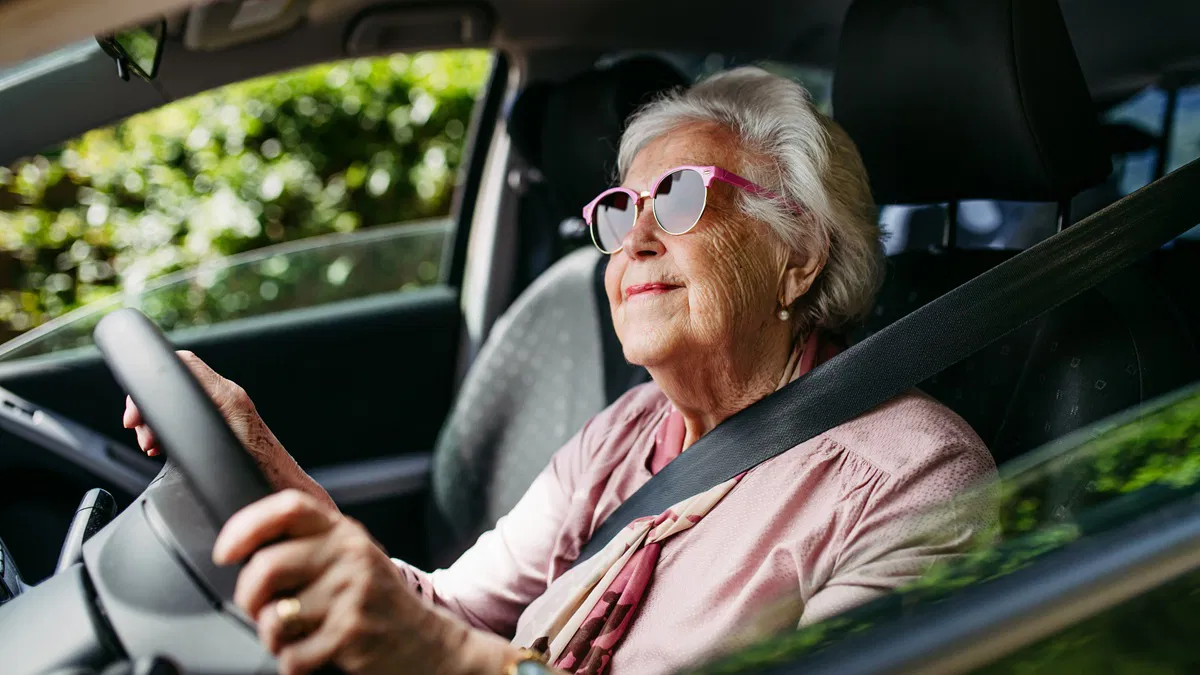Copyright euroweeklynews

Spain’s traffic authority, the Dirección General de Tráfico (DGT), is introducing new rules for drivers aged over 65 – and it’s already affecting around 250,000 motorists across the country. But before anyone assumes the worst, this isn’t about banning older people from the road. Instead, the DGT wants to make driving safer by tailoring conditions to each driver’s abilities rather than using age as a cut-off point. A new approach to senior drivers Until now, many assumed that age alone could eventually lead to the loss of a driving licence. But the DGT’s latest strategy goes in a different direction. Rather than automatically taking licences away, it introduces personalised restrictions based on individual health, reflexes, and mobility. More than four million Spaniards over 65 still hold valid driving licences, and studies suggest they’re not necessarily riskier drivers. According to the DGT, older motorists often balance slower reflexes with experience, caution, and a strong sense of responsibility behind the wheel. The new system adds specific numerical codes to the back of each licence, indicating which restrictions apply to each driver. It’s a way of keeping people on the road while also recognising that not all ageing drivers have the same capabilities. What the new restrictions mean The limitations aren’t one-size-fits-all. They’re meant to adapt to real-life situations and can include simple measures such as: Avoiding night-time driving, when visibility and reaction times are more critical. Limiting travel to a specific geographic area, usually near the driver’s home. Requiring another passenger in the car, offering an extra layer of safety. Making glasses or hearing aids mandatory when necessary. In essence, these are safety filters, not punishments. They allow people to keep their independence without putting themselves or others at risk. As the DGT explained, the idea is to find a balance between mobility and safety – something that benefits everyone on the road. Possible future changes The DGT is also considering further measures, including shortening the renewal period for drivers over 65 from the current five years to just two. That proposal hasn’t yet been approved, but it’s being seriously debated within the traffic authority. Another idea under review is to make the psychotechnical test — the medical and psychological assessment required to renew a licence — more demanding, ensuring that age-related conditions are spotted early. Last year alone, around 70,000 drivers had new restrictions added to their licences. Combined with previous years, that brings the total to roughly a quarter of a million motorists currently driving under these conditions. Keeping experience on the road For many older drivers, the car represents freedom – the ability to visit family, run errands, or simply maintain a social life. The DGT says it understands that reality, which is why its focus is not on exclusion but on adaptation. Officials are keen to stress that this is not a campaign against elderly drivers. It’s an attempt to modernise the way licences are managed in a country with one of Europe’s oldest populations. In short, Spain’s new approach is about trust – trusting that older drivers can stay safe, provided the rules evolve with them. Stay tuned with Euro Weekly News for more news from Spain



